Over the past decade, Robot Lawn Mowers have transformed from a niche gadget into one of the fastest-growing categories in smart home and garden technology. Homeowners across the world are increasingly drawn to the convenience of autonomous mowing — no more weekend yard work, no more scheduling landscaping crews. But behind every successful robotic mower lies one critical factor that determines its performance: positioning technology.
From the earliest boundary wire systems, to today’s more advanced dual-sensor fusion approaches (RTK + Vision or LiDAR + Vision). Yet, as more homeowners adopt robotic mowing, they will realize that a more advanced positioning system is needed.
That’s why Mammotion Atlas Lab has developed the world’s first Tri-Fusion Positioning System, integrating LiDAR, RTK, and Vision into a single intelligent framework. This breakthrough sets a new benchmark for precision, adaptability, and stability across every type of lawn.
Mammotion isn’t just following the evolution of robotic mowing technology — it’s defining the next era.
The Evolution of Positioning Technology for Robot Lawn Mowers
Over the past few decades, Robot Lawn Mowers have undergone continuous development, evolving from the first generation with wired navigation to the second generation featuring dual-sensor fusion. We have now officially entered the era of Robot Lawn Mower positioning technology 3.0.
Positioning Technology 1.0 – The Boundary Wire Era
When Robot Lawn Mowers first entered the market, the most common navigation method was the boundary wire system. In this setup, homeowners had to manually install physical wires around the perimeter of their lawns and around flower beds or restricted areas. These wires generated a signal that the mower could detect, ensuring it stayed within its assigned boundaries.
While this approach was functional, it came with several significant drawbacks. Installation was often time-consuming and labor-intensive — requiring hours of digging, laying wire, and connecting it to a base station. Any changes to the lawn, such as expanding a garden bed or moving a play area, meant re-laying or adjusting the wire.
Performance was also limited. Boundary wire systems only defined the mowing area; they didn’t enable intelligent navigation. The mower would typically move in a semi-random pattern, relying on bump sensors and the wire signal to redirect itself. This often led to inefficient mowing paths, increased energy use, and uneven coverage across the lawn.
In short, Positioning 1.0 got the job done — but with compromises. It introduced consumers to the idea of robotic mowing, but it lacked the intelligence and adaptability required to make robotic mowers a truly seamless, “set-and-forget” solution. These limitations opened the door for more advanced sensor-based navigation systems to emerge.
Positioning Technology 2.0 – Dual-Sensor Fusion
As consumer expectations for Robot Lawn Mowers grew, the industry realized that boundary wire navigation was too limited to deliver a true autonomous experience. This led to the development of Positioning Technology 2.0, which combined advanced sensors to improve accuracy and adaptability. The two most common dual-sensor approaches today are:
- RTK (Real-Time Kinematic) + Vision: RTK relies on satellite-based positioning, enhanced by corrections from a reference station, to deliver centimeter-level accuracy in large open spaces. When paired with a vision system (cameras that recognize patterns, landmarks, or obstacles), robotic mowers can navigate lawns with far greater efficiency than boundary wires ever allowed. This approach shines in wide, open properties such as farms, estates, or commercial fields where satellite signals are stable.
- LiDAR (Light Detection and Ranging) + Vision: LiDAR uses laser pulses to generate a high-resolution 3D map of the environment. When combined with cameras, LiDAR + Vision systems excel in semi-open areas like typical home lawns, orchards, or gardens with varied obstacles. These mowers can map out their surroundings in minutes without wires and adapt dynamically to changes in terrain.

Why Positioning Technology 2.0 Isn’t Enough?
Dual-sensor fusion represented a huge leap forward for the industry, moving robotic mowing from “guided randomness” to structured, intelligent navigation. Yet, users quickly discovered that no single dual-sensor approach was versatile enough to handle every scenario. This trade-off left a critical question unanswered: Can there be a positioning system that adapts to all lawn sizes, terrains, and environments — without compromise?
This challenge is exactly what led Mammotion Atlas Lab to pioneer the next leap forward: Tri-Fusion Positioning Technology.
The Leap to Positioning 3.0 – Mammotion Tri-Fusion
After years of incremental improvements, the robotic mower industry was still missing one key breakthrough: a universal positioning solution that could perform flawlessly across all lawn sizes, terrains, and environments. Dual-sensor systems forced trade-offs, that’s why Mammotion Atlas Lab set out to create a next-generation system.
In 2025, the world’s first Tri-Fusion Positioning System — an industry-defining innovation that integrates LiDAR, RTK, and Vision technologies into one unified solution. For the first time, Robot Lawn Mowers can achieve centimeter-level accuracy and unmatched adaptability, whether they’re working in a shaded suburban backyard or a sprawling open field.
How Tri-Fusion Works:
- LiDAR (Light Detection and Ranging): With a solid-state, 144-beam sensor generating up to 200,000 data points per second, the mower builds a high-density 3D map of its environment in real time. This enables installation-free setup — no boundary wires, no base stations, no lengthy calibration.
- Vision System: Cameras interpret visual cues, recognize objects, and help classify obstacles like toys, pets, or garden features. Combined with LiDAR, this allows for real-time obstacle detection and safe avoidance.
- RTK (Real-Time Kinematic): Provides satellite-based precision in open areas, ensuring stable navigation even in vast spaces above 1,500㎡ where LiDAR alone might struggle.
Together, these three layers work dynamically: if one sensor encounters a limitation, the others seamlessly compensate. This adaptive intelligence ensures ±1 cm accuracy regardless of terrain complexity, obstacles, or environmental conditions.
A True 3.0 Breakthrough
Whereas 1.0 and 2.0 systems advanced step by step, Tri-Fusion is a leap. It doesn’t just improve positioning accuracy; it removes the constraints that have frustrated homeowners and landscapers for years. With this launch, Mammotion isn’t simply keeping pace with industry trends — it is defining the future standard for autonomous lawn care.
Comparative Analysis: Why Tri-Fusion Positioning System Wins
Every leap in robotic mower positioning technology has solved problems, but it also needs a more perfect system. Boundary wires created barriers to adoption, dual-sensor systems improved intelligence but left gaps in adaptability. Mammotion’s Tri-Fusion Positioning System is the first to resolve these trade-offs by delivering a solution that works across all scenarios — from compact suburban lawns to expansive farmlands.
Below is a side-by-side comparison of the three generations of robotic mower positioning technology:
|
Generation |
Core Technology |
Strengths |
Weaknesses |
Typical Accuracy |
Setup Requirements |
|
1.0 – Boundary Wire |
Physical perimeter wires |
Simple concept, worked reliably in small areas |
Labor-intensive installation, no intelligent navigation, poor adaptability |
~10–20 cm |
Wire installation & base station |
|
2.0 – Dual-Sensor Fusion (RTK + Vision / LiDAR + Vision) |
Two-sensor integration |
Higher accuracy, intelligent navigation, wire-free setup |
Each combo has its own most suitable working environment |
±5 cm |
Base station (RTK) or calibration (LiDAR) |
|
3.0 – Mammotion Tri-Fusion (LiDAR + RTK + Vision) |
Three-sensor integration |
Universal coverage across all terrains and sizes, installation-free, superior safety & stability |
First of its kind, only available from Mammotion |
±1 cm |
None — unbox and mow |
Why Tri-Fusion Stands Out
- Coverage without compromise: Works equally well in shaded suburban backyards, orchards, and wide-open fields.
- Precision unmatched: ±1 cm accuracy, five times better than dual-sensor systems.
- True convenience: No wires, no base stations (iNavi available area) — just power on and mow.
- Future-proof durability: Solid-state LiDAR ensures long-term reliability and stability.
For homeowners and professionals alike, this means a mower that finally adapts to you — not the other way around.
The Future of Lawn Robotics – Why Tri-Fusion Sets the Standard
The launch of Mammotion’s Tri-Fusion Positioning System isn’t just an upgrade — it’s a paradigm shift for the entire Robot Lawn Mower industry. For years, innovation has been incremental: from wires to dual sensors, each step brought improvements but also needed more. Tri-Fusion marks the first time that every major positioning challenge has been addressed in one unified system.
This advancement has implications far beyond home lawns. By creating a platform that delivers ±1 cm accuracy across all terrains and environments, Mammotion Atlas Lab has established the foundation for the next decade of outdoor robotics. Future applications could extend to agriculture, landscaping fleets, and other forms of autonomous garden and land management.
Importantly, Tri-Fusion also raises the bar for consumer expectations. Homeowners experience wire-free, installation-free mowing that simply works — regardless of shade, obstacles, or lawn size. In this way, Mammotion is not just leading the market; it is reshaping the standards of what users should demand from robotic lawn care.
Visit our website today to learn more about the Tri-Fusion robot lawn mower.


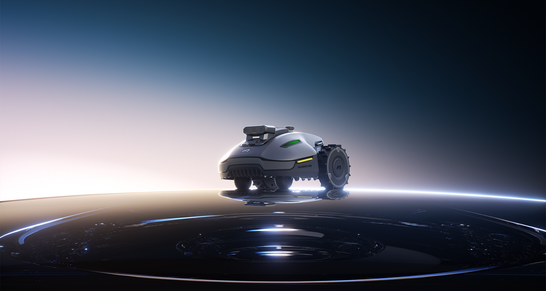
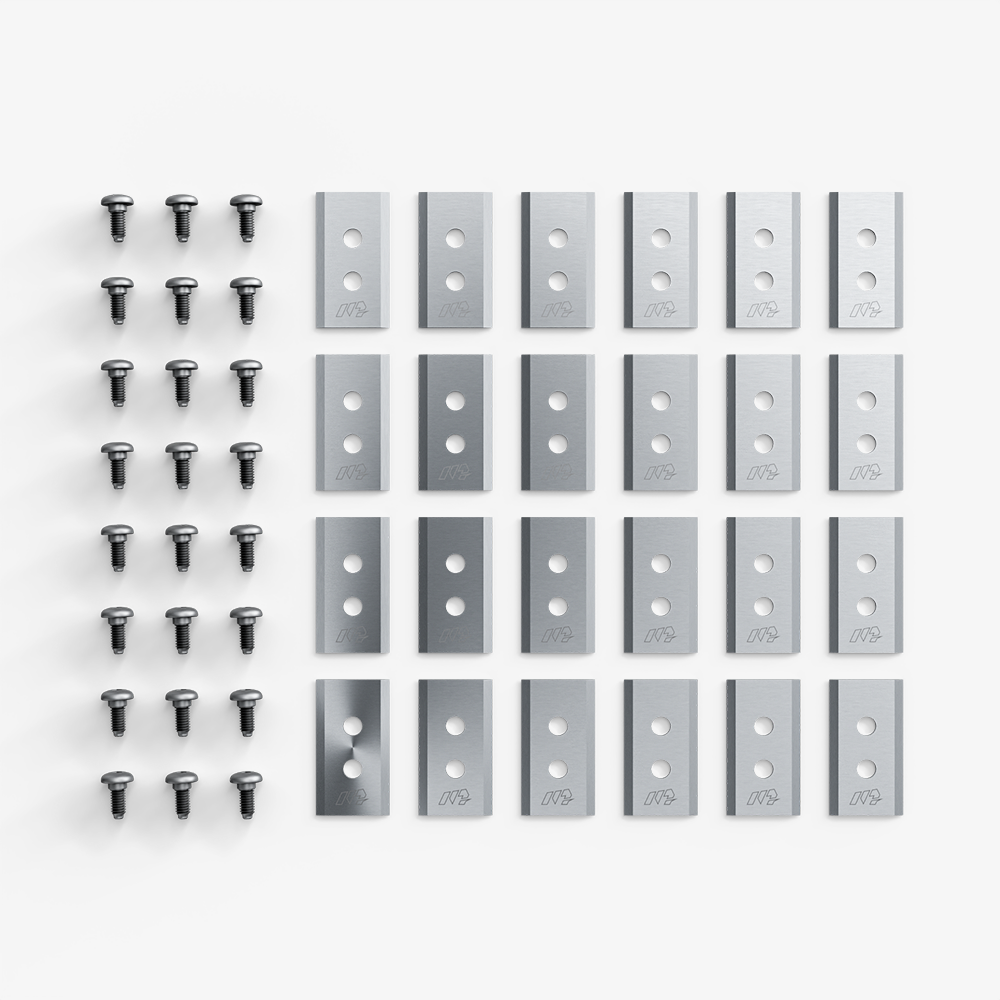

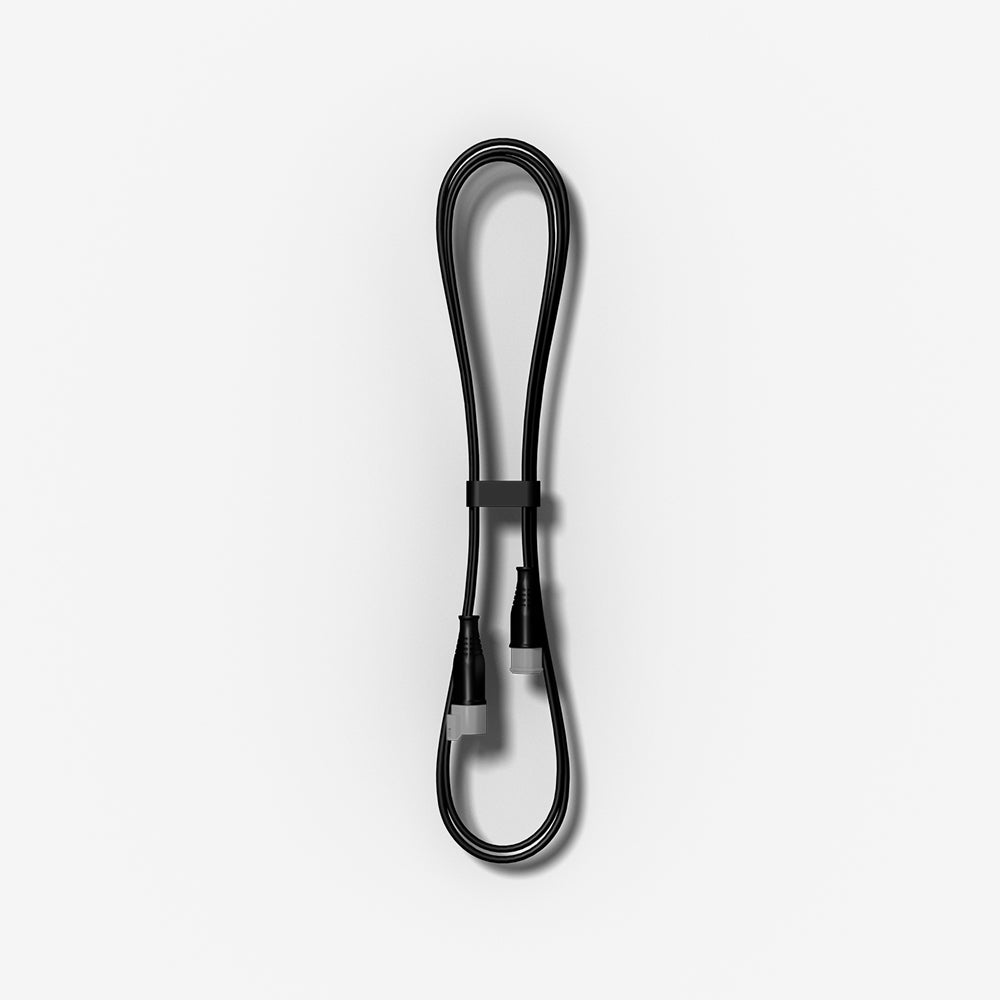
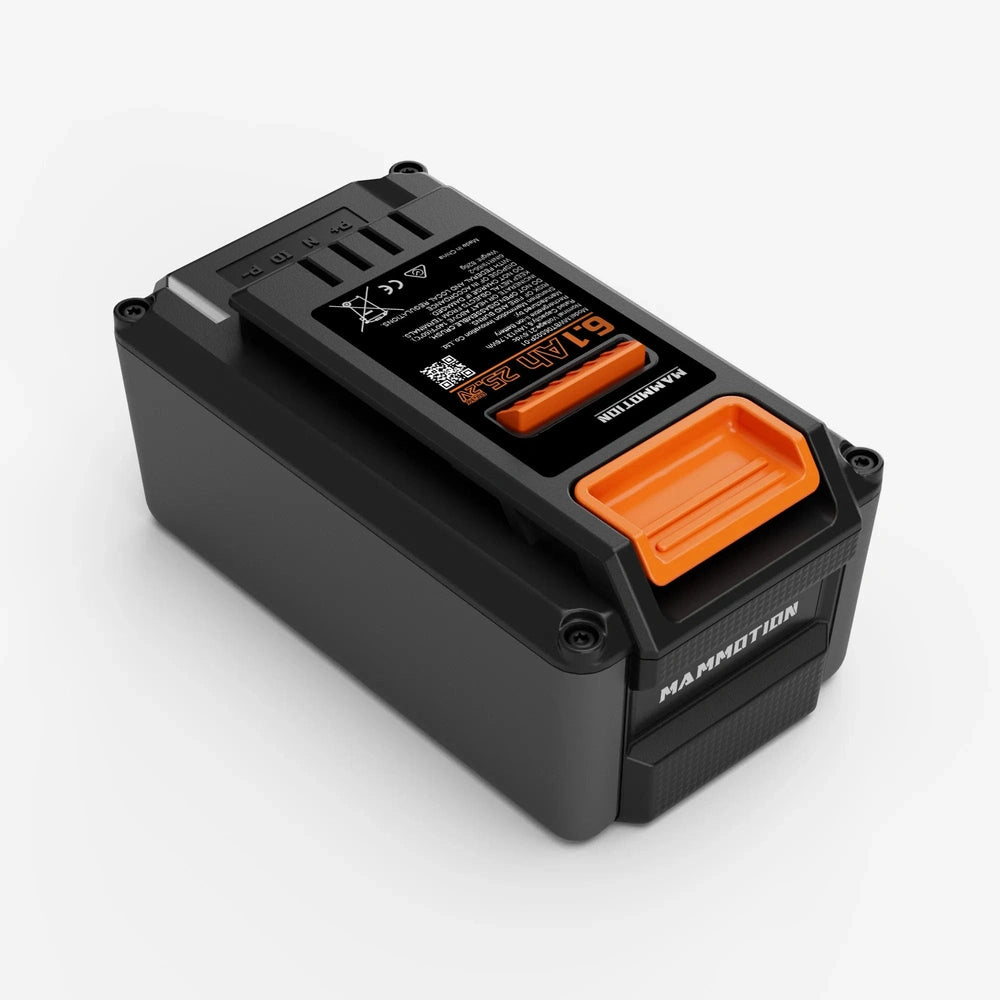
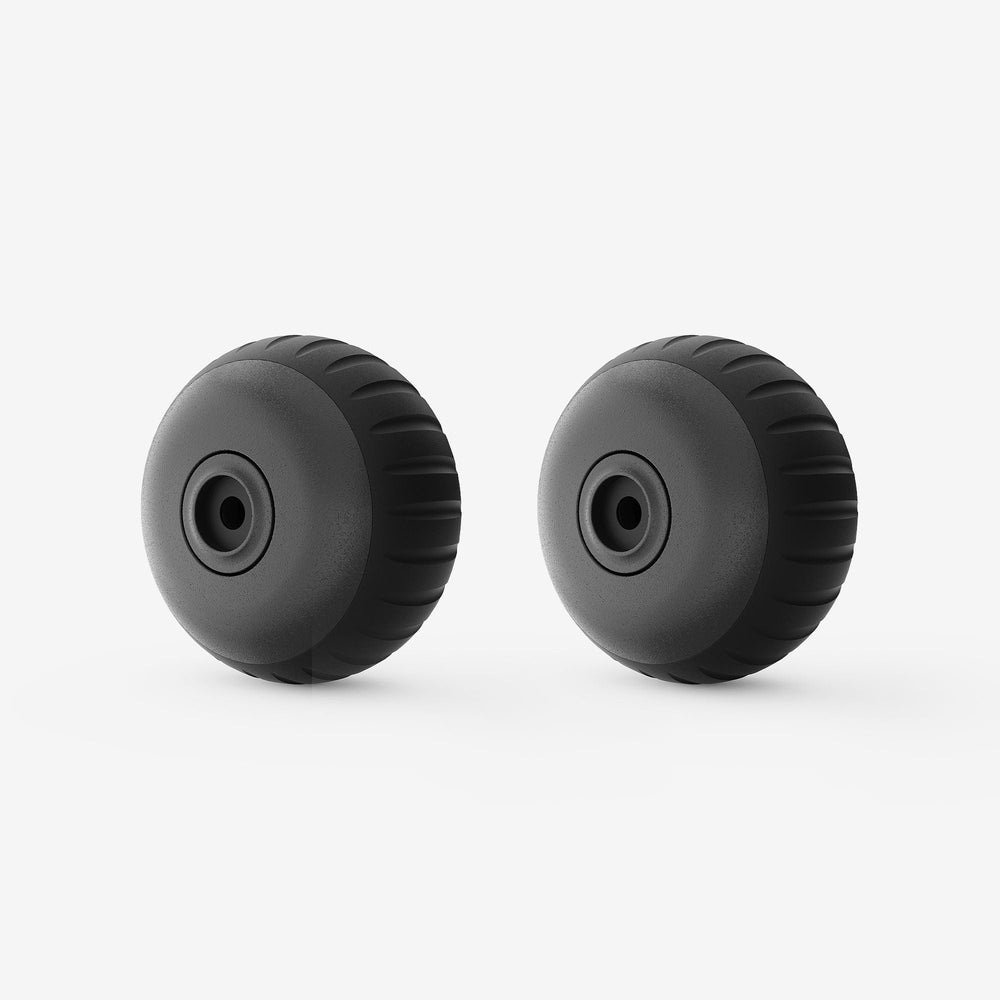
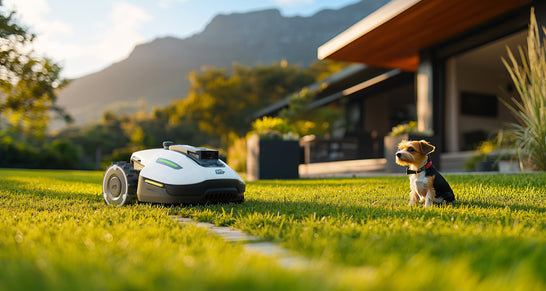

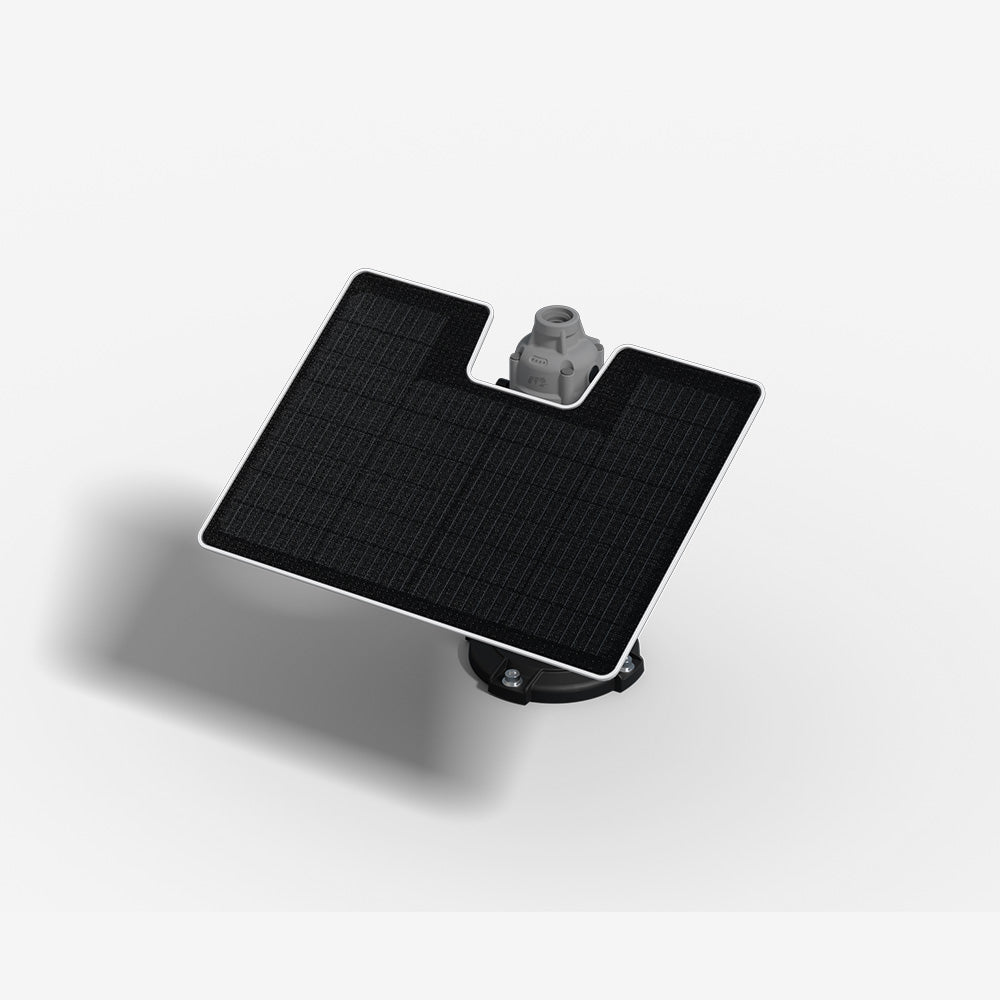
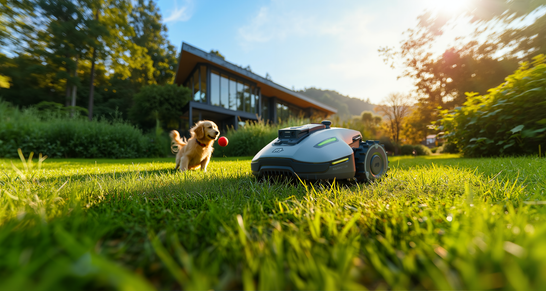
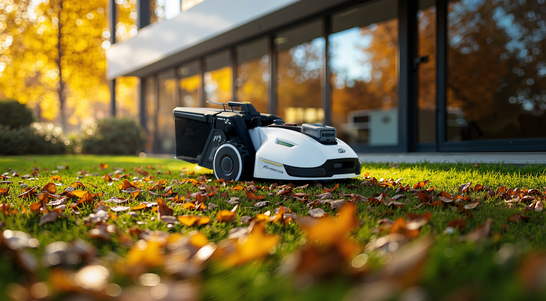
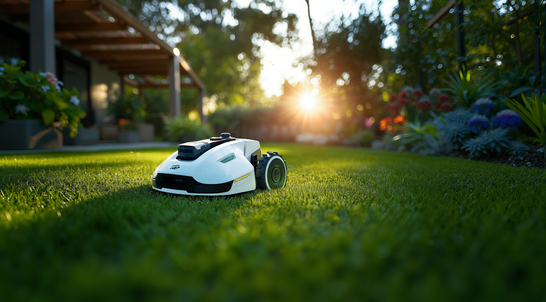
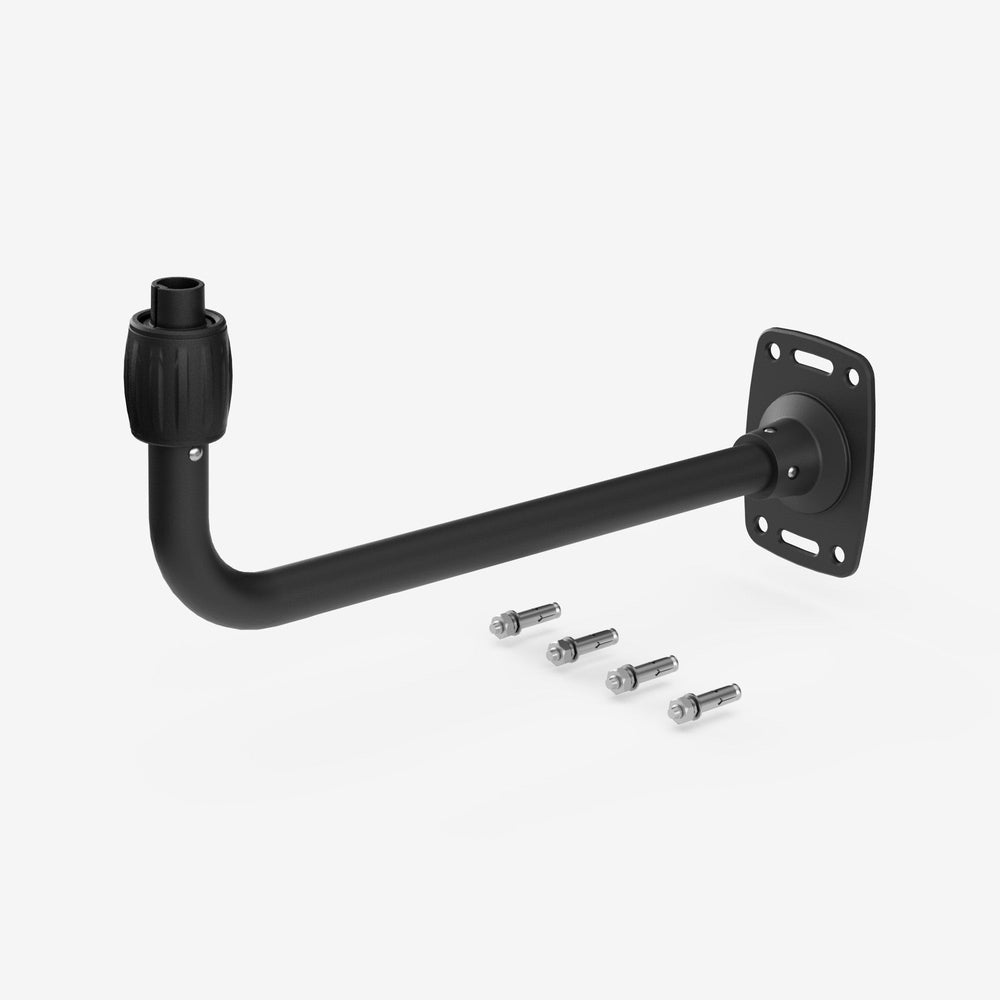
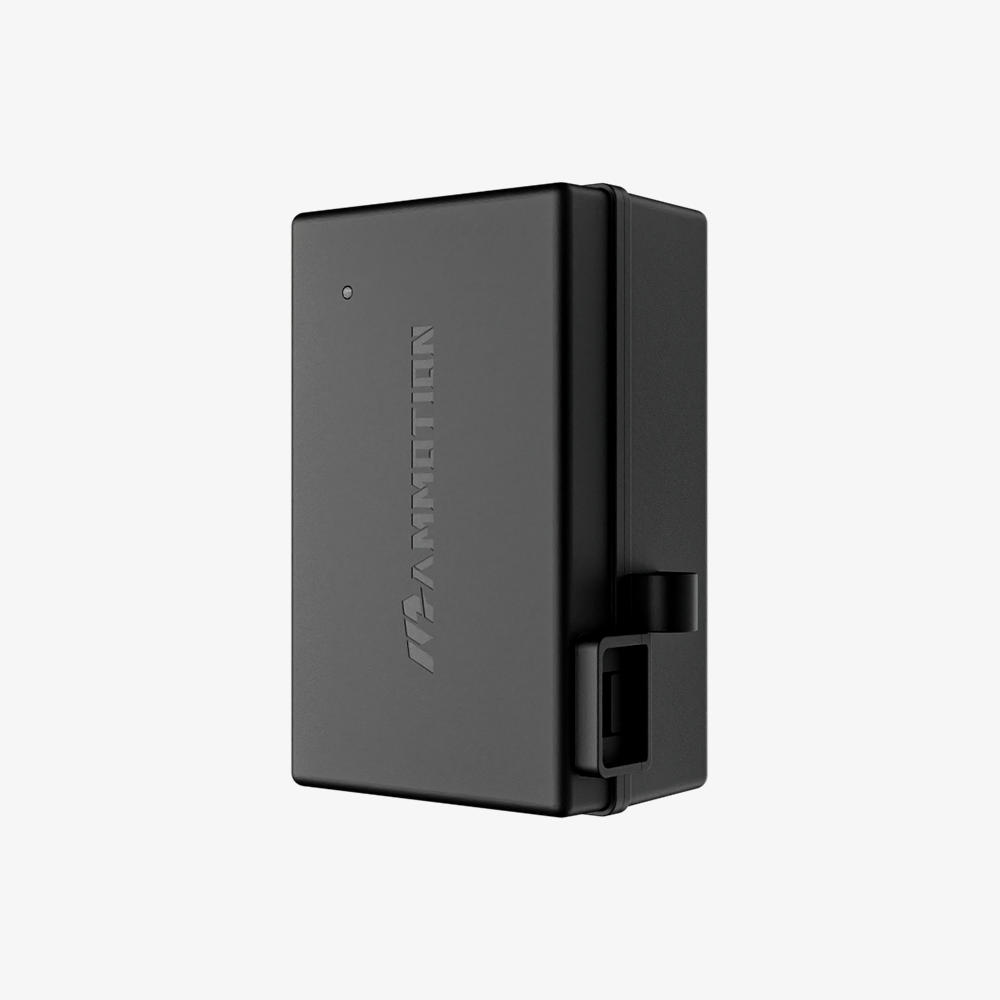
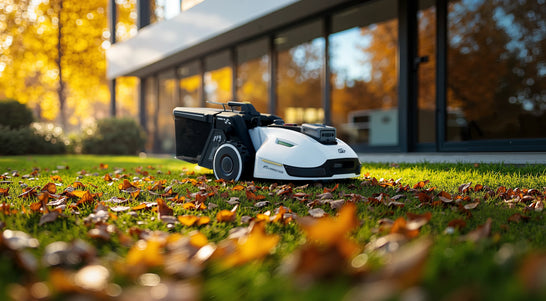
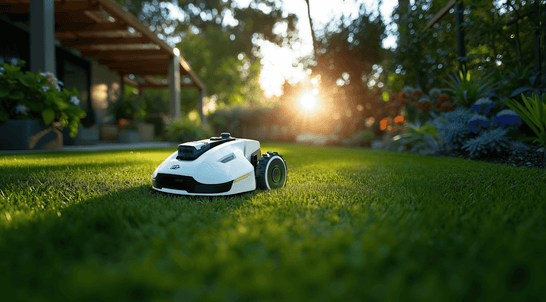
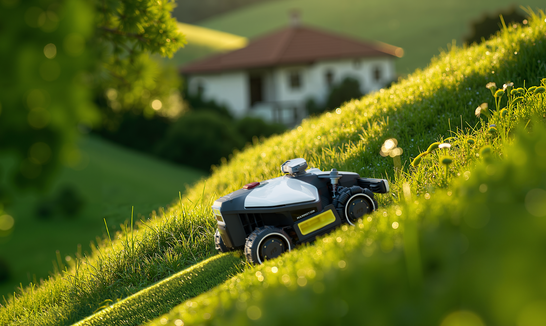
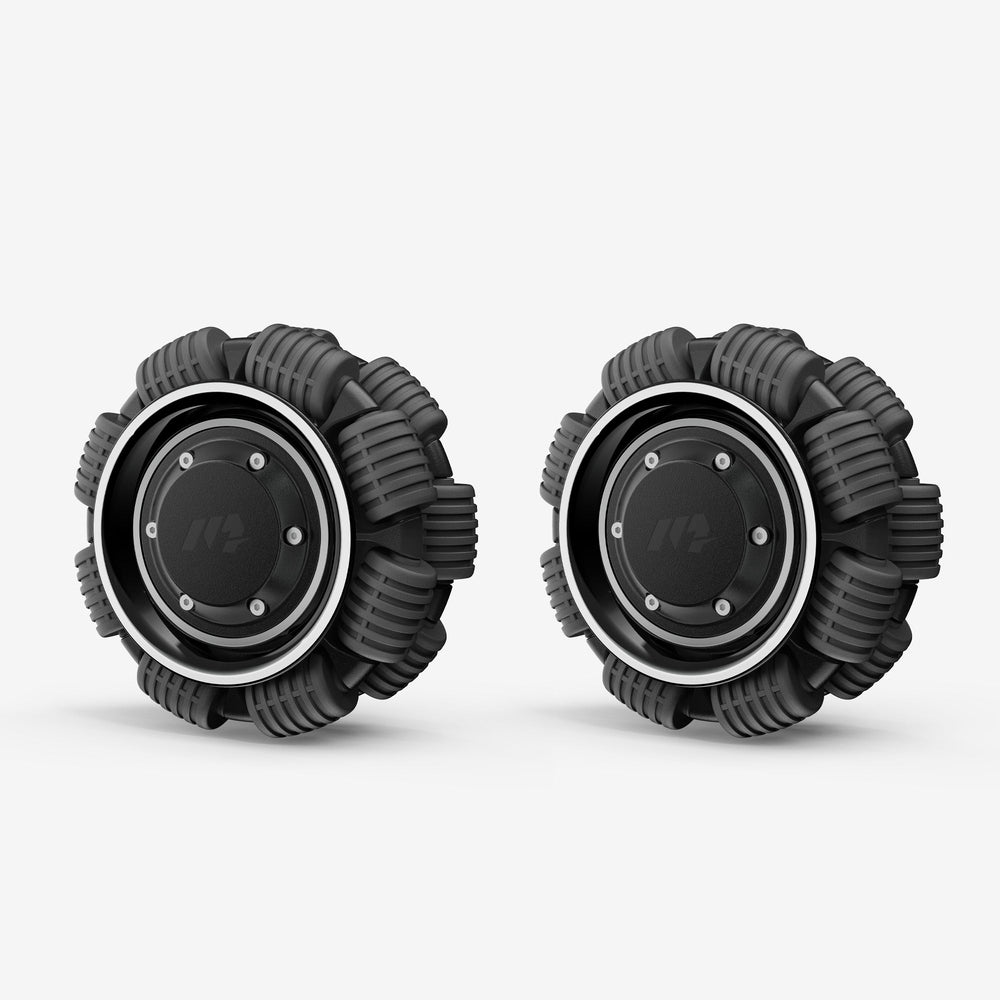
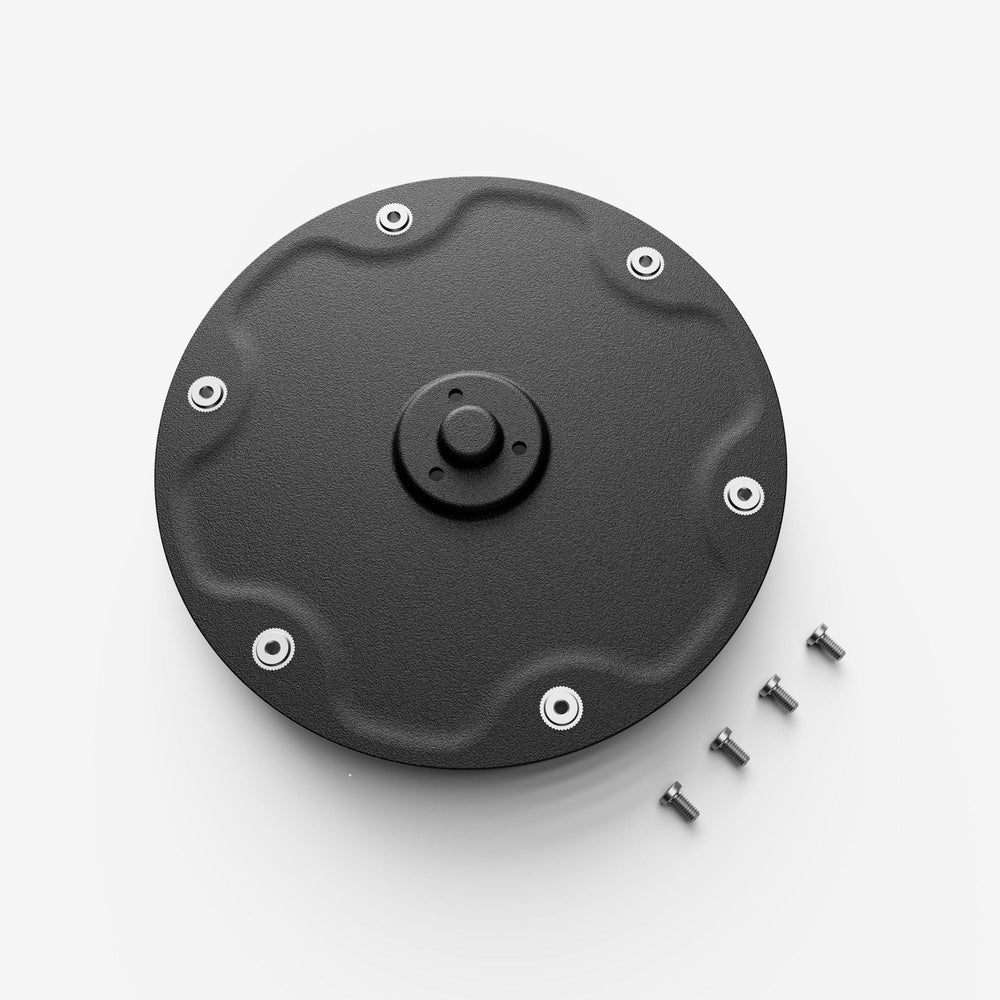
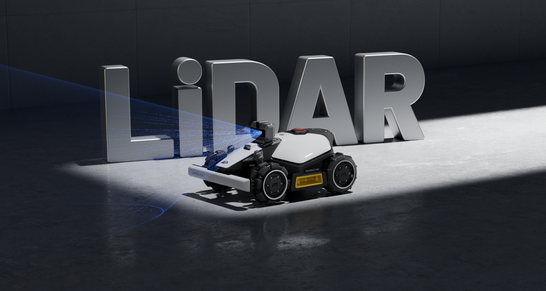
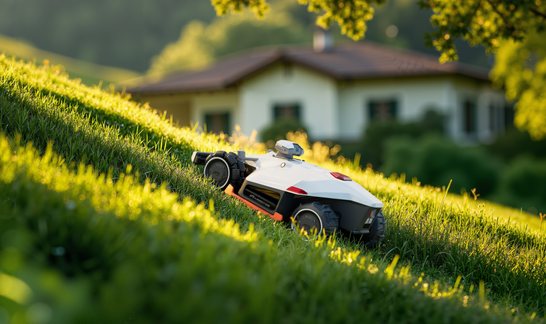
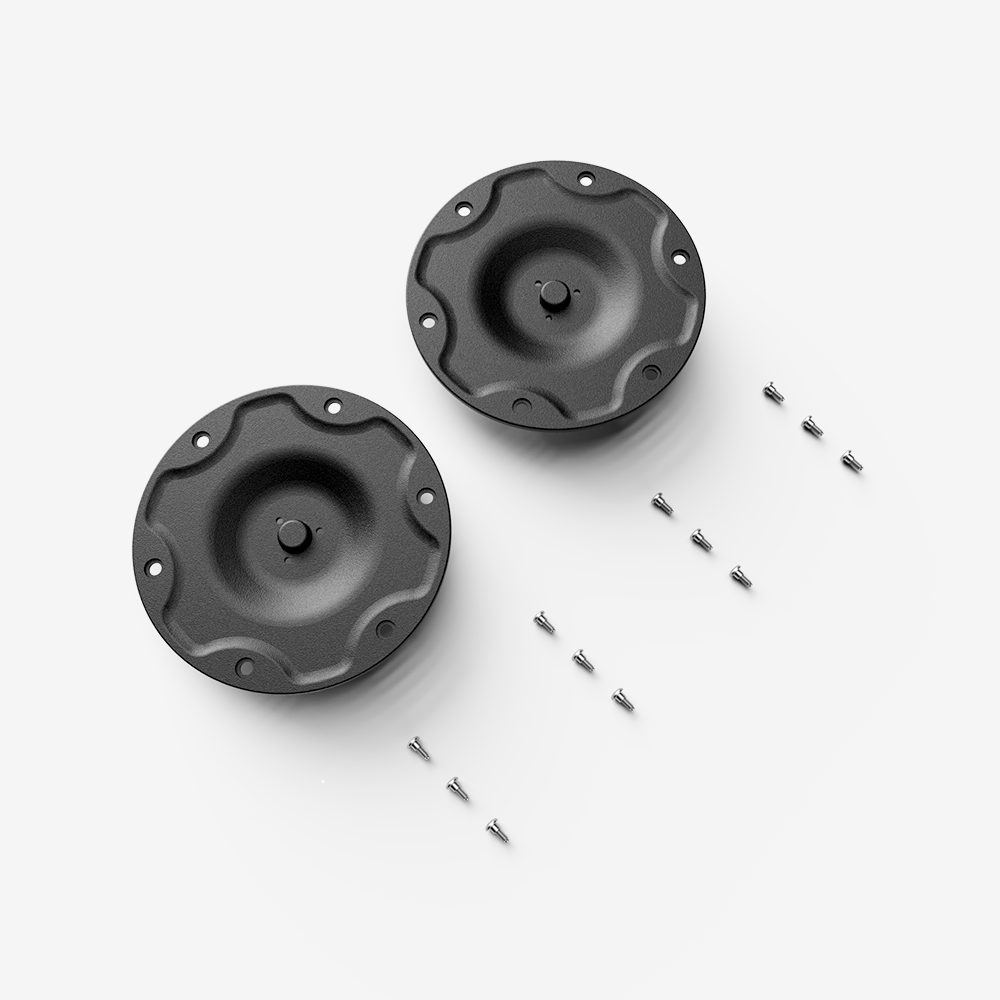
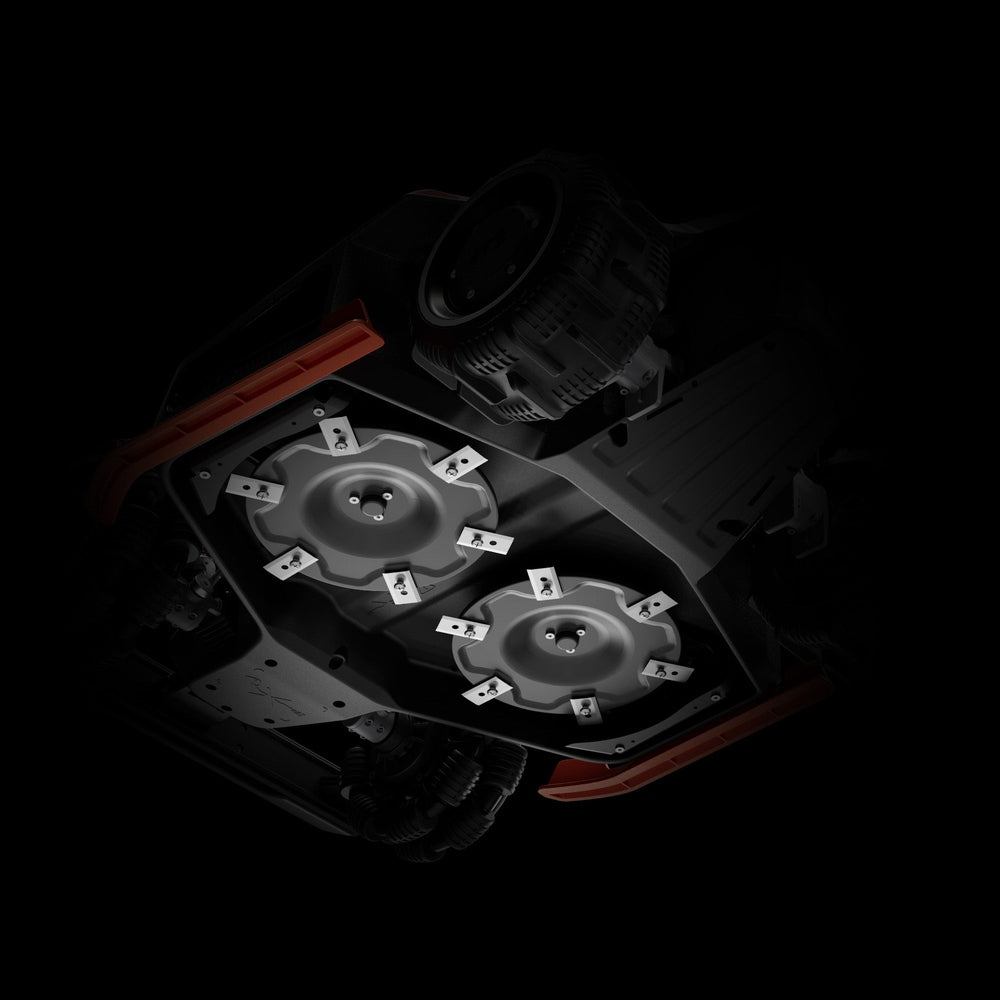
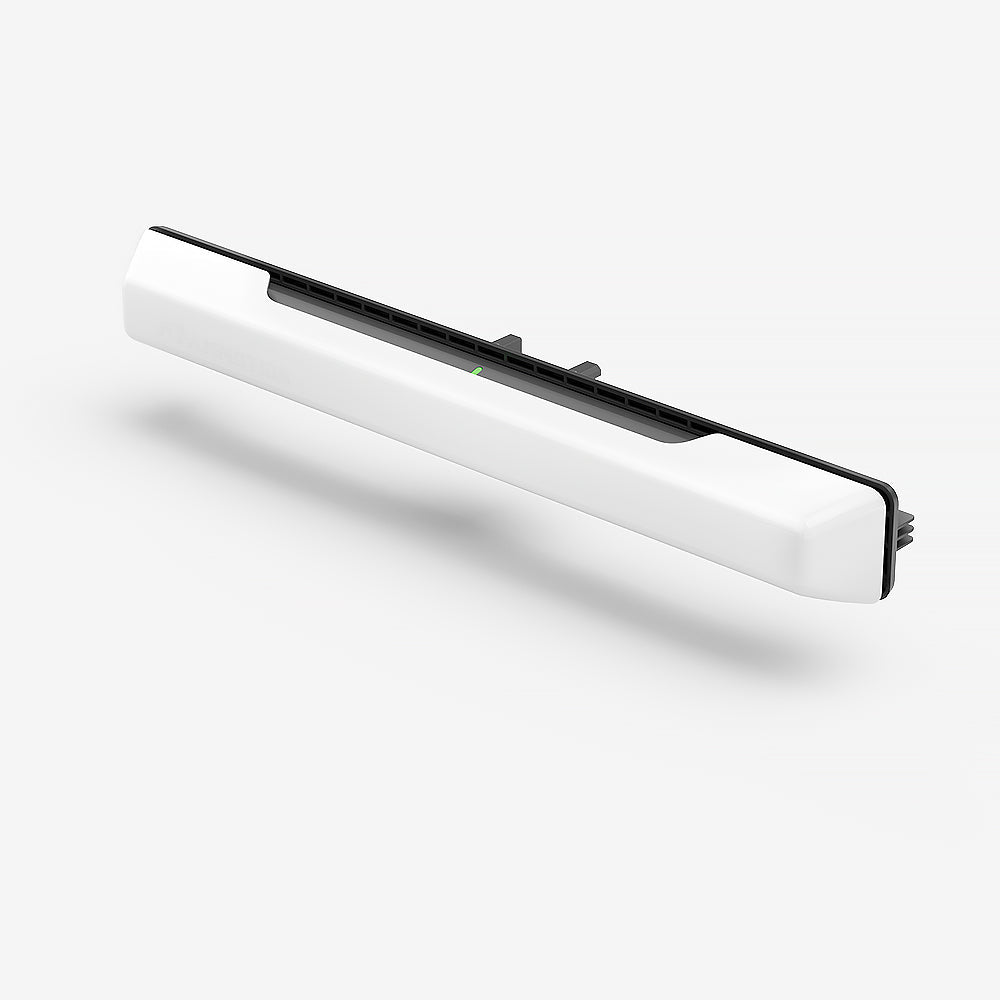
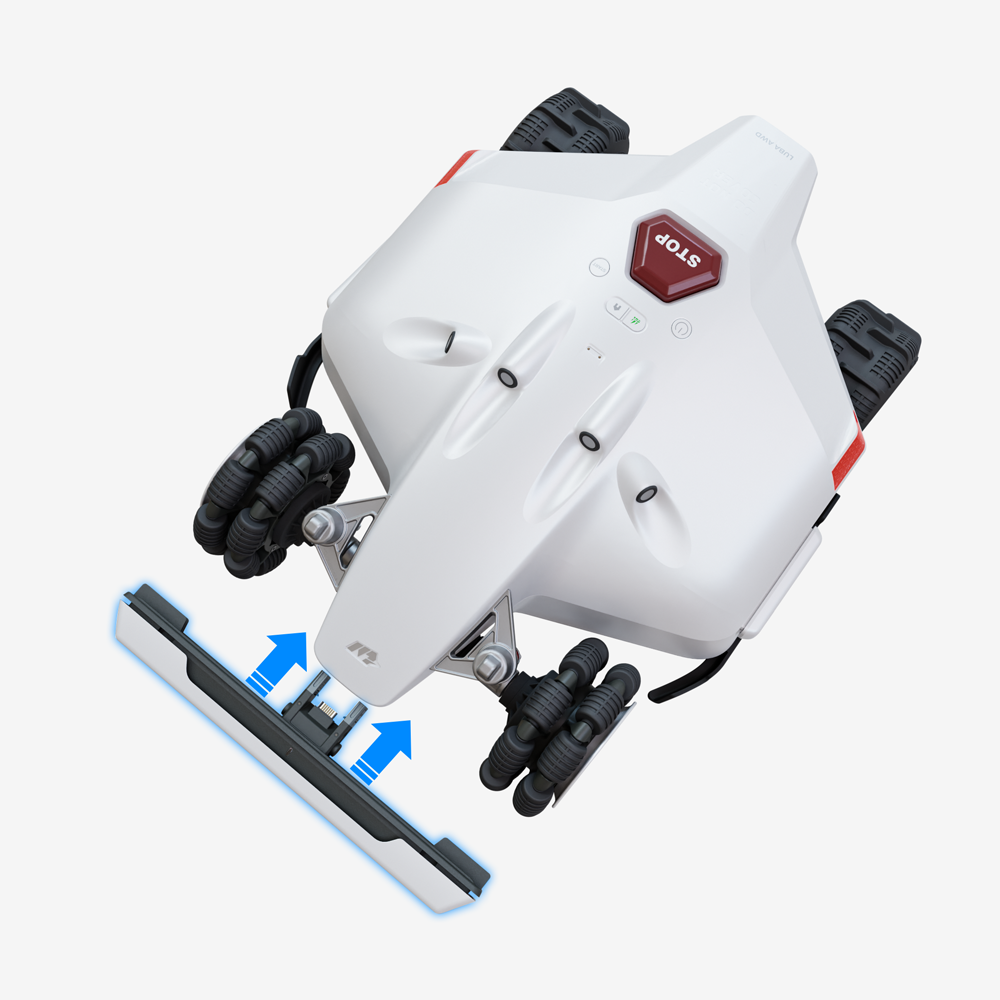


Leave a comment
This site is protected by hCaptcha and the hCaptcha Privacy Policy and Terms of Service apply.